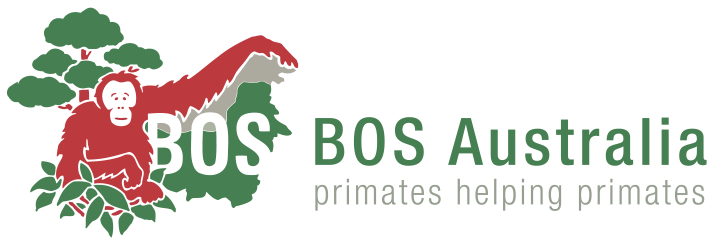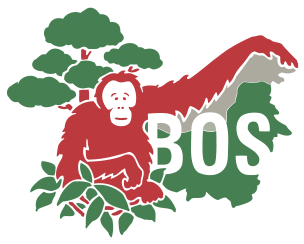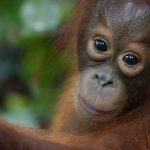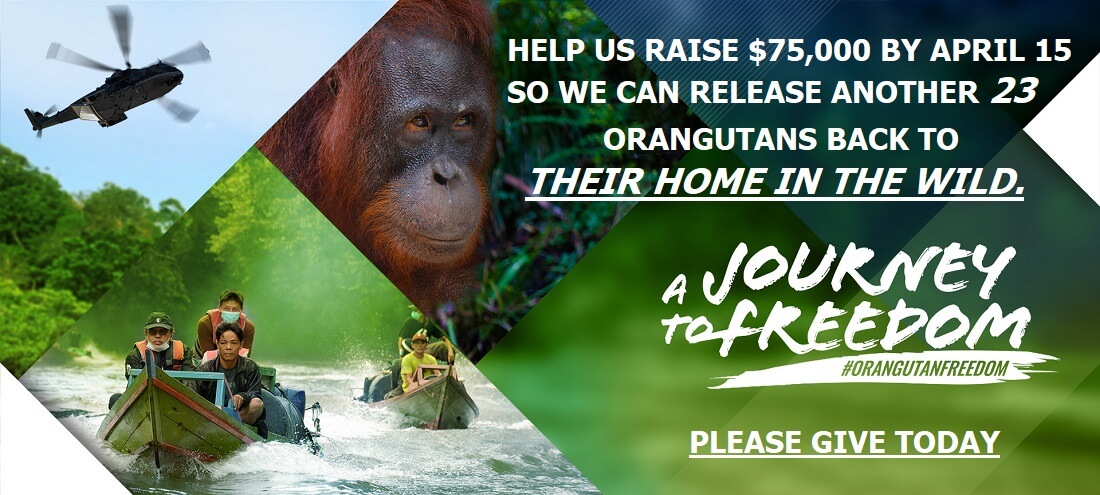Colourful Birds of the Kehji Sewen
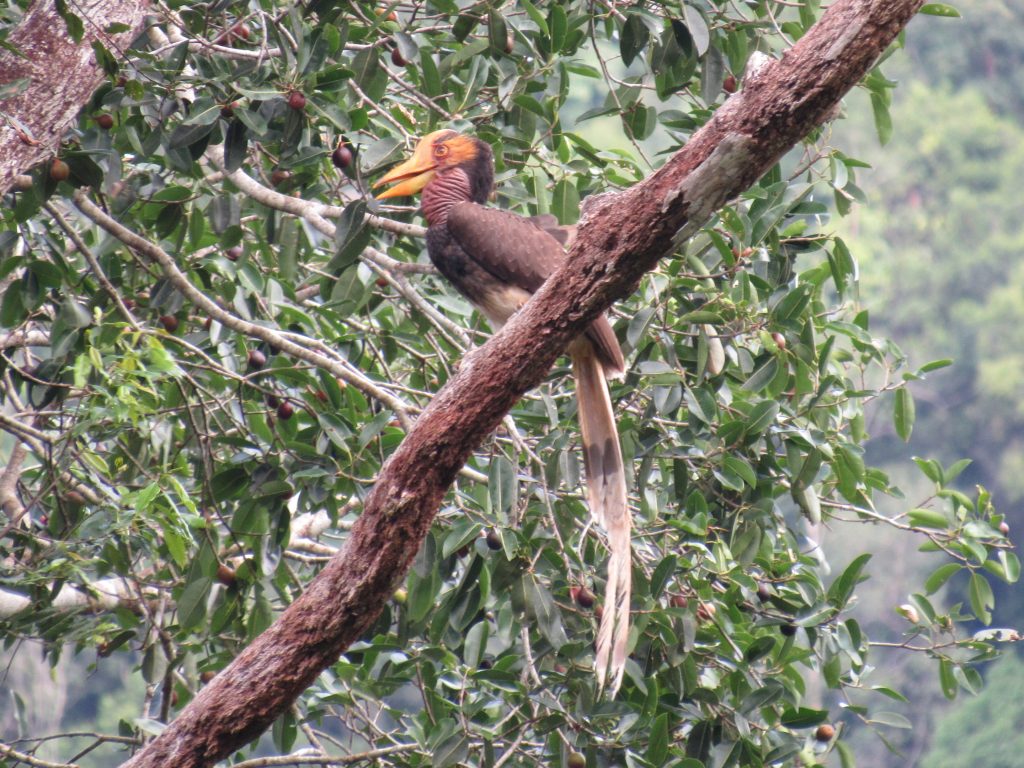
The Kehje Sewen Forest in East Kalimantan is a haven not only for released orangutans, but for many animal species, particularly birds. Our PRM team encounters birds every morning on the journey through the forest to monitor orangutans. Small and large birds cross the team’s path, and include both common species and threatened, protected species. The following outlines some of the unique birds our team has documented in the forest:
The Green broadbill (Calyptomena viridis), which eats fruit and small insects, is common in lowland or mixed dipterocarp forests like those found in Sumatra and Kalimantan. This solitary species is easily identified by its distinctive voice. In Kehje Sewen, this bird can be seen around Simpang Tawon area in the southern part of the forest. The Green broadbill’s current conservation status is at ‘near threatened’ level, and its declining population is the result of ongoing deforestation.
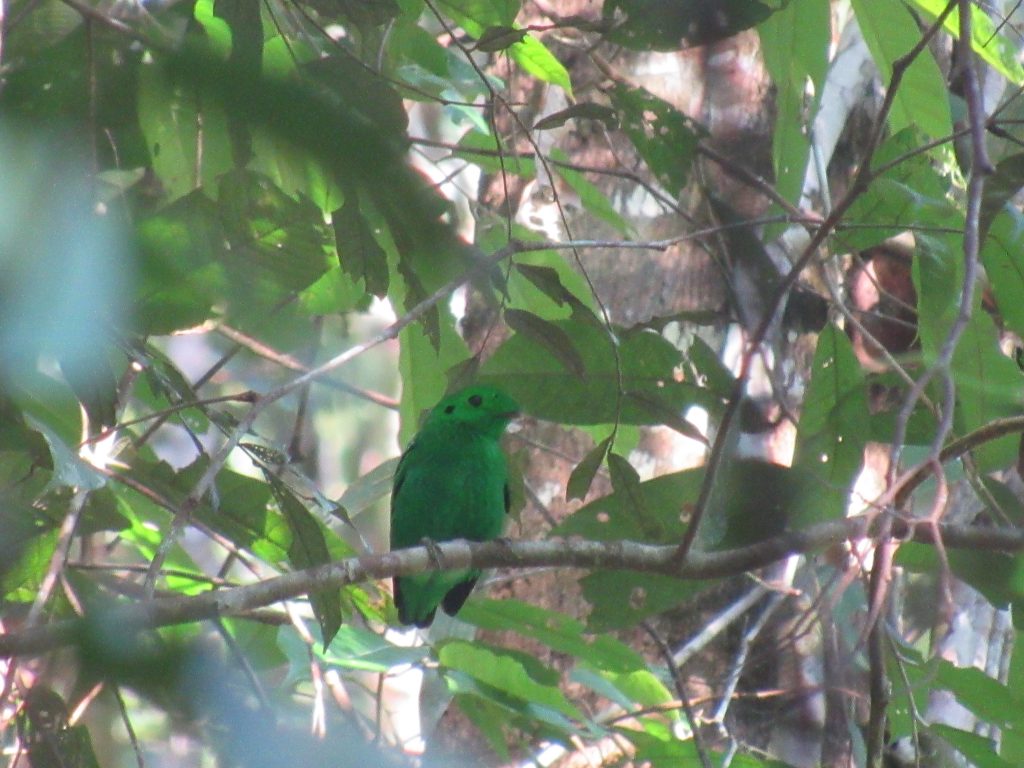
The Bulwer pheasant (Lophura bulweri), which is endemic to Kalimantan, has bluish-black feathers and a beautiful, arched white tail. It is difficult to find and sensitive to disturbances; quickly hiding upon hearing strange noises. Its primary diet consists of ants, termites, fruit, and the occasional cricket. At present, the Bulwer pheasant is listed as ‘vulnerable’ on the IUCN red list, and its declining population is the direct result of deforestation and poaching.
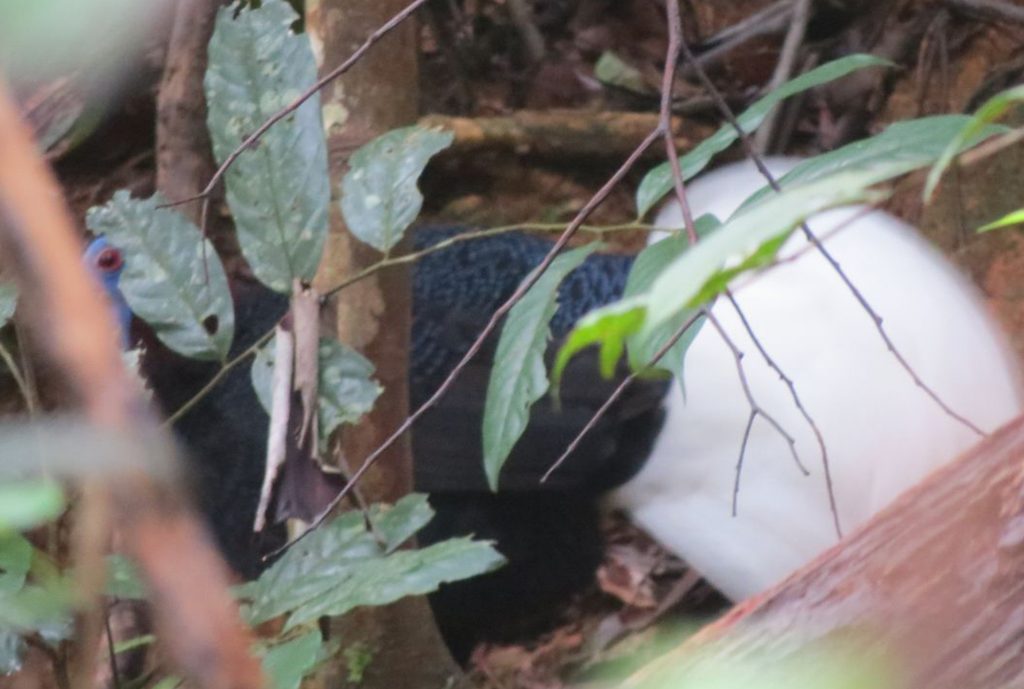
In addition to endemic species, the Kehje Sewen Forest is also home to several of Kalimantan’s iconic hornbills, namely the Rhinoceros hornbill (Buceros rhinoceros), and the Helmeted hornbill (Rhinoplax vigil).
The Rhinoceros hornbill is one of the biggest hornbills in Asia. Its diet consists of fruit, with the occasional consumption of insects, rodents, and small reptiles. Rhinoceros hornbills are effective seed dispersers that can be found in lowland forests, secondary forests, and swamp forests. This hornbill also inhabits forests on the islands of Java and Sumatra. The IUCN red list classifies the Rhinoceros hornbill as ‘near threatened’. Our team often comes across this type of hornbill whilst on observation patrols. It is identified by its unique voice and loud, fluttering wings.
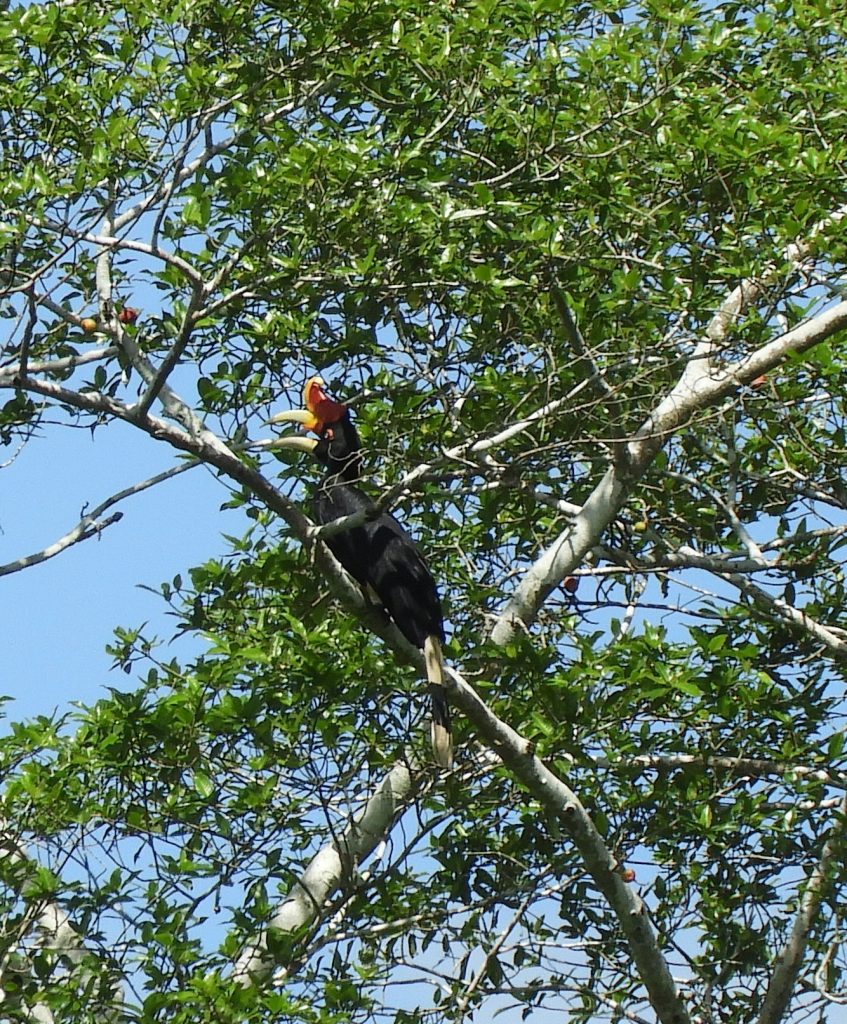
The Helmeted hornbill (Rhinoplax vigil) is another hornbill species commonly found in lowland tropical rainforests. Like orangutans, this brown-feathered bird is also a wonderful seed disperser. Its main diet consists of ficus fruits – the seeds of which it drops throughout the forest in its faecal matter. Aside from its important ecological role, the Helmeted hornbill is also a symbol of purity among Kalimantan’s Dayak people. It is even the icon of a province in Kalimantan. Unfortunately, due to excessive poaching, Helmeted hornbills are now listed as a ‘critically endangered’ species, and are difficult to locate in the forest.

The Blue-banded kingfisher (Alcedo peninsulae) is a rare, fish-eating bird species found along river banks and in mixed dipterocarp and lowland forests. This bird is very striking, with its distinctive blue-white-red neck feathers. Females of the species found in Kalimantan and Sumatra have different coloured chests to those found in Java. Apart from preying on fish, the Blue-banded kingfisher also consumes insects and small vertebrates that live in the river ecosystem. According to the current IUCN red list, the Blue-banded kingfisher is categorized as ‘near threatened’.
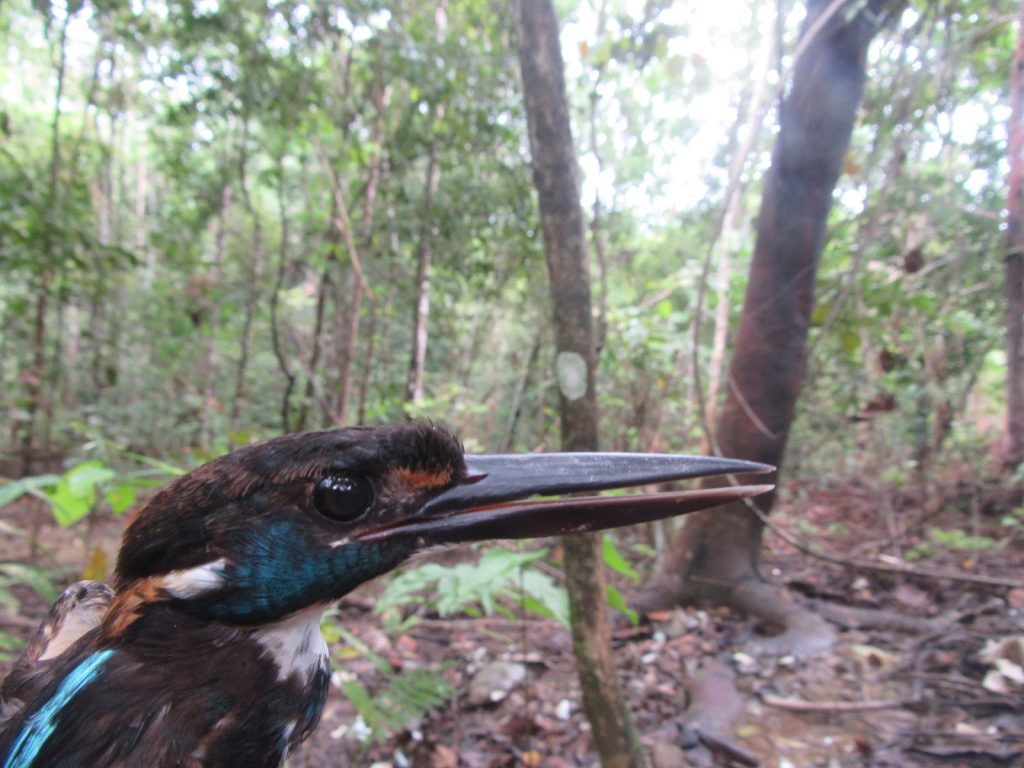
These bird species provide only a small sampling of the vast biodiversity found in the Kehje Sewen Forest. There are thousands, if not millions, of other species living side by side in the forest.
Birds play various important roles in forest ecosystems; they keep the food chain balanced, facilitate the pollination process, help disperse seeds, and control pests and insects. The presence of birds in a forest is vital, and threats to their existence can significantly reduce the quality of forest biodiversity.
We need to protect the very species that contribute to well-balanced forest ecosystems. Let’s use the momentum of World Environment Day to become actively involved in helping protect our forests, to save our planet! #HappyWorldEnvironmentDay.
Text by: PRM team in Kehje Sewen Forest
